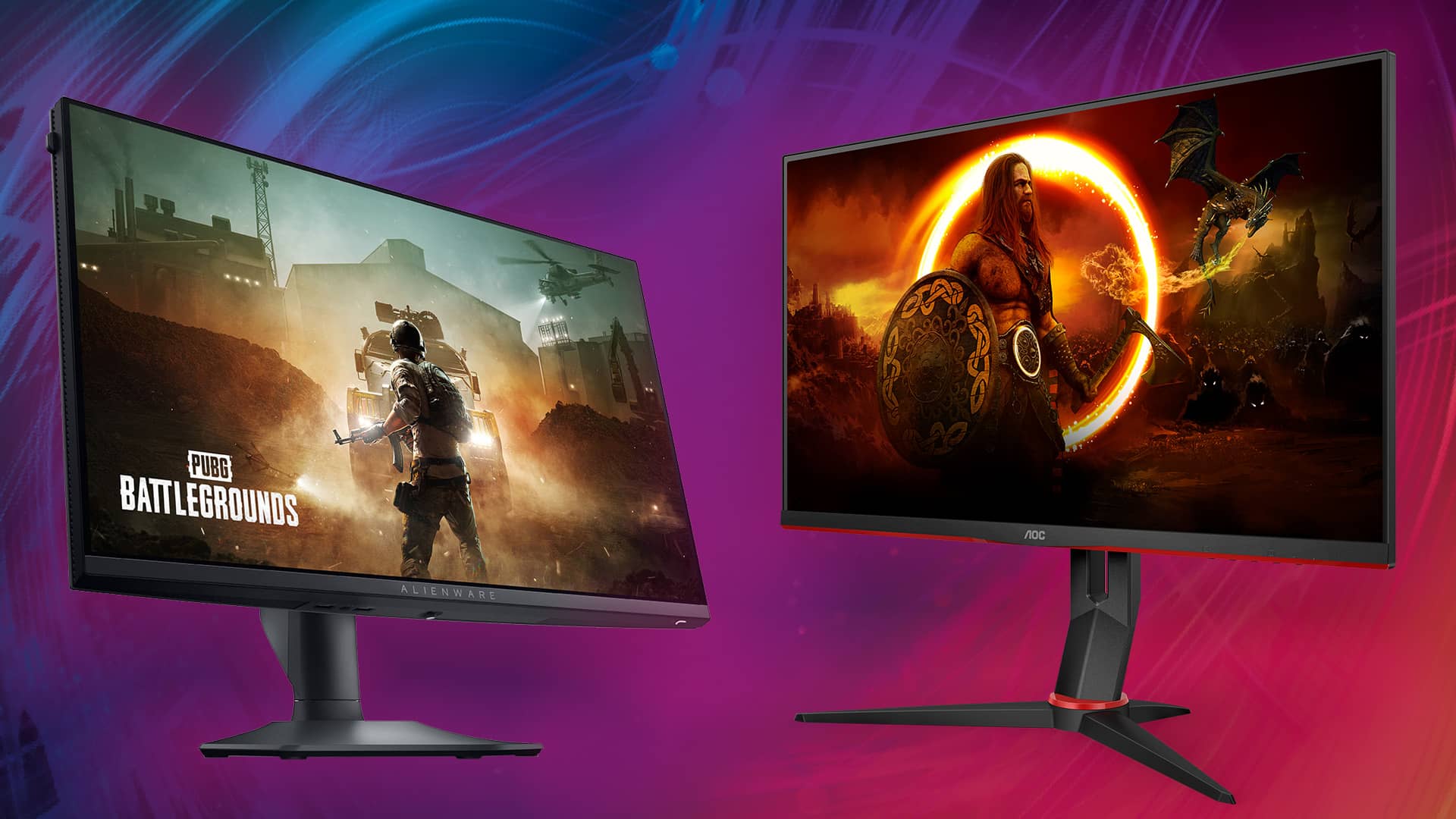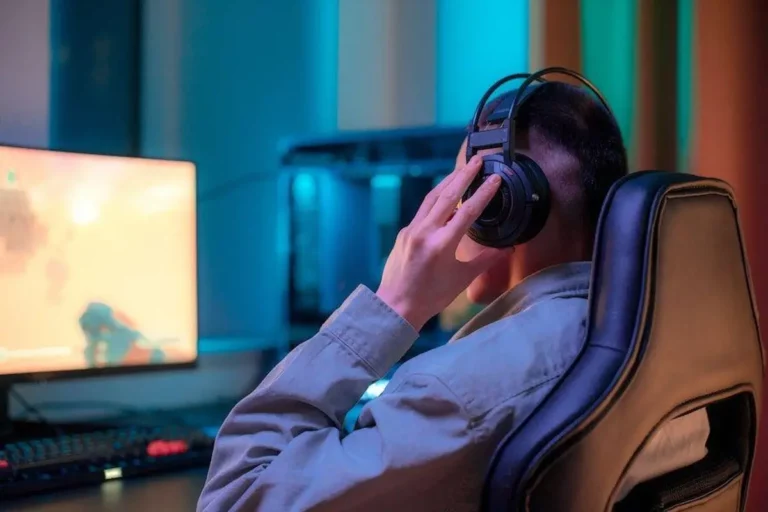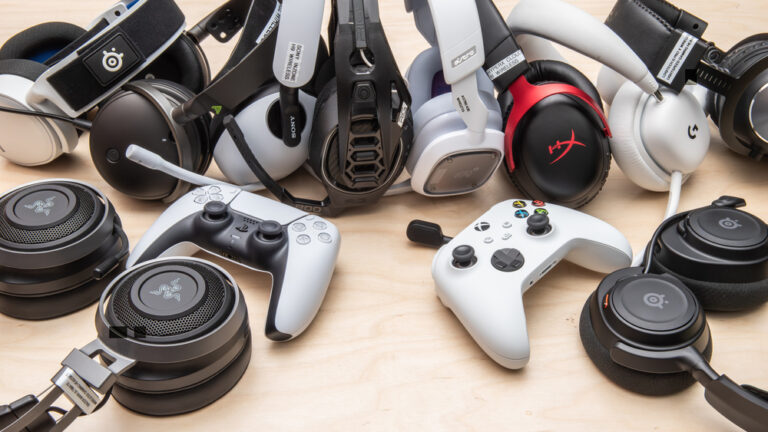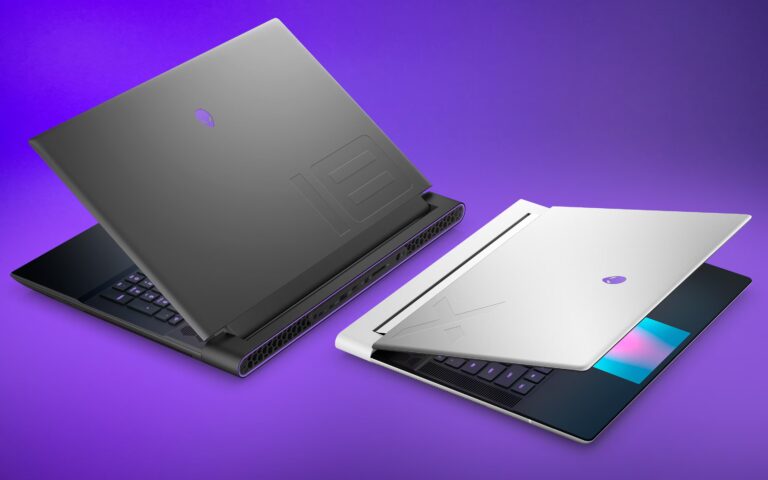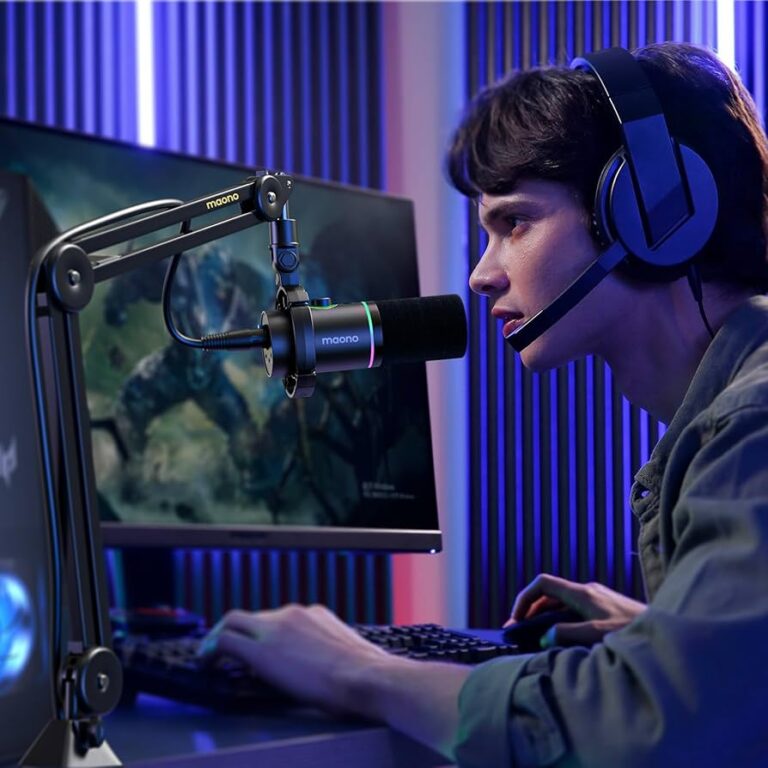Gaming Monitor Comparison 2025 Which One is Most Worthy for You to Buy?
In the modern gaming world, a monitor is more than just a display device-it’s a crucial component that determines visual quality, response speed, and gaming comfort. A good Gaming Monitors delivers sharp images, vivid colors, and smooth, lag-free movement. With ever-evolving technology, gamers can now choose from a variety of monitors with high resolutions, fast refresh rates, and advanced features like G-Sync and FreeSync.
The best gaming monitors of 2025 are here to meet the needs of all types of gamers-from casual gamers to e-sports professionals. In this article, we’ll discuss in detail what makes a monitor worthy of being considered the best, the types of gaming monitors, and recommended features and specifications.
Important Factors in Choosing a Gaming Monitor
Before purchasing a gaming monitor, it is important to understand some of the key factors that greatly influence the gaming experience.
Screen Size and Resolution
Screen size and resolution are the main aspects that determine visual detail and comfort.
- A 24–27-inch screen size is the ideal standard for most gamers because it provides a balance between viewing area and focus.
- Full HD (1920×1080) resolution remains popular for e-sports and competitive gaming, while Quad HD (2560×1440) offers sharper detail.
- For the ultimate immersive experience, 4K (3840×2160) is the best choice, although it requires a powerful graphics card.
Refresh Rate
The refresh rate indicates how often the monitor updates the image per second (in Hz). The higher the number, the smoother the visual movement on the screen.
- 60Hz is sufficient for general use.
- 120Hz–165Hz is suitable for serious gamers who want fast response and a smooth display.
- 240Hz–360Hz is intended for professional e-sports gamers who demand extreme performance.
Modern gaming monitors are even starting to come with a 480Hz refresh rate, promising a tear-free or blur-free experience.
Response Time
Response time is how quickly the pixels on the screen change from one color to another.
- Ideally, a gaming monitor has a 1 ms response time, which helps reduce the “ghosting” effect in fast-moving images.
- Many monitors with IPS panels now also offer 1 ms, although this was previously only found on TN panels.
Panel Type Gaming Monitor
There are three main types of panels used in gaming monitors:
TN (Twisted Nematic)
- Advantages: Fast response time and more affordable price.
- Disadvantages: Limited color and viewing angles.
IPS (In-Plane Switching)
- Advantages: More accurate colors and wide viewing angles.
- Disadvantages: Slightly higher price, but many fast IPS models are now available.
VA (Vertical Alignment)
- Advantages: High contrast and deep blacks.
- Disadvantages: Slower response than TN and IPS.
For gamers who want a combination of beautiful visuals and fast performance, IPS panels are the most balanced choice in 2025.
Adaptive Sync Feature
NVIDIA G-Sync and AMD FreeSync technologies help eliminate screen tearing by adjusting the monitor’s refresh rate to the graphics card’s output.
- G-Sync: Specifically designed for NVIDIA GPUs, it offers high stability, but monitors are typically more expensive.
- FreeSync: Developed by AMD, it’s more economical and now also compatible with modern NVIDIA GPUs.
Design and Ergonomics
The best gaming monitors aren’t just about performance, they’re also about comfort. Ergonomic designs allow users to adjust the screen’s height, rotation, and tilt. Some models also come with ambient RGB lighting on the back for added immersive gaming.
I recommend:
- ASUS ROG (Republic of Gamers)
- Acer Predator
- LG UltraGear
- Samsung Odyssey
- Dell Alienware
- MSI Optix / MEG Series
- Gigabyte AORUS
- BenQ MOBIUZ / Zowie
- ViewSonic Elite
- Philips Momentum / Evnia
Types of Gaming Monitors

Flat vs Curved Monitors
- Flat Monitors.
Suitable for competitive gamers or those who prefer a standard display. - Curved Monitors.
Provide a more immersive experience because the screen curves to follow the eye’s view. Typically available in 21:9 or 32:9 ratios, they are ideal for simulation and open-world games.
Ultrawide Monitors
Ultrawide monitors with a 21:9 aspect ratio allow players to see a wider area without needing two screens. They’re popular with players of racing, flight simulator, and strategy games.
4K Gaming Monitor
A 4K UHD monitor delivers incredibly sharp visual detail. Ideal for gamers seeking cinematic quality. However, make sure your GPU supports high performance to avoid lag.
Read too: Virtual Reality and How It Works Diving into the Three-Dimensional Digital World
Top 10 Gaming Phones of 2025 Beast Specs, Smooth Gameplay!
Level Up Your PC Smart Solutions for Slow Gaming Performance
Best Gaming Mouse 2025 Best for Professional Gamers
Why Your Webcam Matters More Than You Think in 2025
The Best Microphone for Gamers in 2025 Clear Communication
Top 5 Best Keyboards Gaming Recommended In 2025
The Best Xbox Games of 2025 You Need for the Best Experience
TOP Best 5 Gaming Headsets in 2025 For Beginners
Best Entry-Level Gaming PCs for Smooth Performance in 2025
Recommended Ideal Gaming Monitor Specifications 2025
To get the best performance across a wide range of game genres, here are some general specification recommendations:
|
Need |
Size | Resolution | Refresh Rate | Panel | Response Time | Synchronization |
|---|---|---|---|---|---|---|
| E-Sport | 24–25 inches | 1080p | 240–360Hz | TN/IPS | 1 ms | G-Sync / FreeSync |
| Seri0us Gamer | 27 inches | 1440p | 165–240Hz | IPS | 1 ms | G-Sync / FreeSync |
| Gamer Cinematic | 32 inches | 4K UHD | 120–165Hz | IPS / VA | 1–4 ms | G-Sync / FreeSync |
|
Simulation / Racing |
34–49 inches Curved |
Ultrawide 1440p | 120–165Hz | VA / IPS | 1–4 ms | FreeSync Premium |
Additional Features You Must Pay Attention To
HDR (High Dynamic Range)
HDR provides a wider range of colors and contrast, making images more vibrant and realistic. Choose a monitor with HDR600 or HDR1000 for best results.
Port dan Konektivitas
Modern gaming monitors come with a variety of ports, including HDMI 2.1, DisplayPort 1.4, and USB-C. HDMI 2.1 is essential for console users like the PlayStation 5 or Xbox Series X.
Game Modes and Presets
Some monitors come with special modes like FPS, RPG, and Racing that adjust brightness, contrast, and saturation according to the game genre.
Eye Care Technology
Features like Flicker-Free and Low Blue Light help reduce eye strain during long periods of gaming.
Tips for Choosing the Right Gaming Monitor
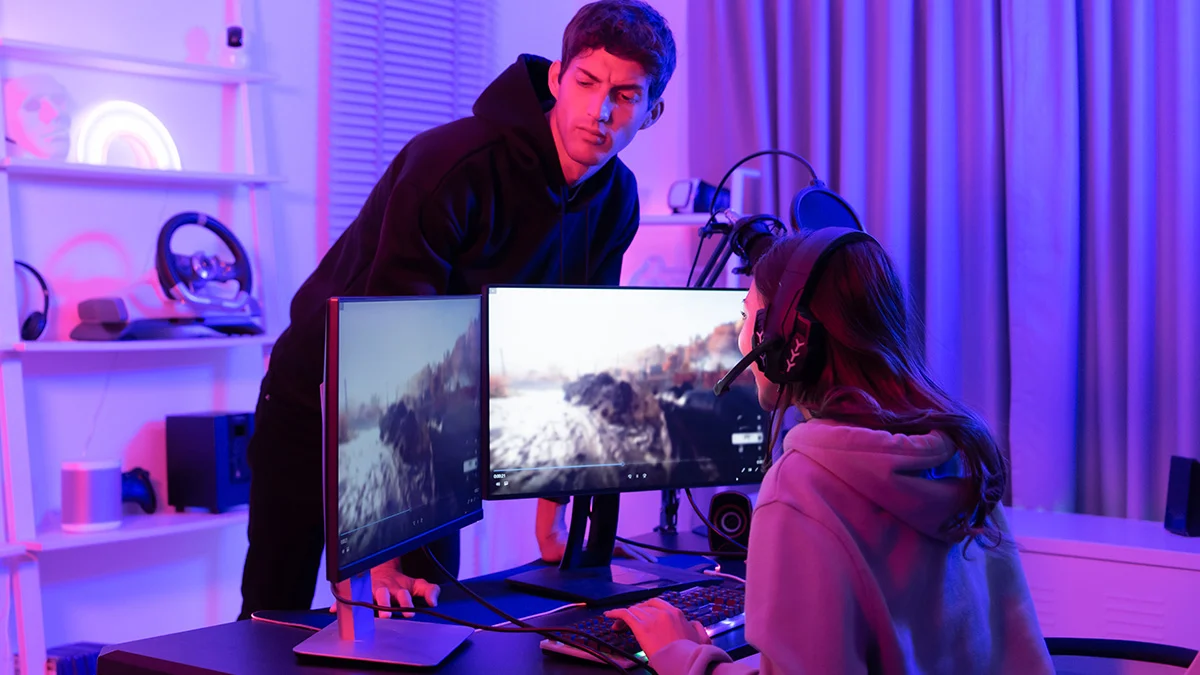
Adjust to the type of game being played.
- FPS or competitive games require high refresh rates and fast response times.
- RPG or adventure games require sharp visuals and colors.
Consider your graphics card.
Not all GPUs are capable of running games smoothly at 4K resolution. Adjust your GPU to suit your device’s performance.
Choose the features you really need.
It doesn’t always have to be the most expensive. Focus on important features like refresh rate, panel, and sync.
Pay attention to the warranty and brand reputation.
Brands like ASUS, Acer Predator, LG UltraGear, and Samsung Odyssey are known for their high-quality gaming monitors.
Conclusion
The best gaming monitor of 2025 isn’t just about high resolution, but also about the balance between performance, features, and comfort. A monitor with a 165Hz refresh rate, 1440p resolution, an IPS panel, and a 1ms response time is currently considered ideal for almost all gamers.
With the development of technologies like OLED, Mini LED, and refresh rates up to 480Hz, the world of gaming monitors continues to evolve toward increasingly realistic experiences. Choosing the right monitor will make every second of your game feel sharper, faster, and more immersive-giving you a competitive edge while maximizing visual satisfaction.
In short, the best gaming monitor is one that adapts to your needs, playing style, and device capabilities. With the right understanding, you can enjoy exceptional gaming performance in 2025 and beyond.
FAQ
Q1. What is a gaming monitor?
A gaming monitor is a display specifically designed for gaming, featuring high refresh rates, fast response times, and more accurate color reproduction for smooth, responsive gameplay.
Q2. What’s the difference between a gaming monitor and a regular monitor?
The main difference lies in performance. Gaming monitors have high refresh rates (120Hz–360Hz), fast response times (1ms), and features like G-Sync or FreeSync to prevent screen tearing. Regular monitors typically only have a 60Hz refresh rate and are not suitable for fast-paced gaming.
Q3. What’s a good refresh rate for gaming?
For a smooth gaming experience, a minimum of 120Hz is recommended. Professional gamers often use 240Hz or even 360Hz for best results, especially in competitive games like FPS.

